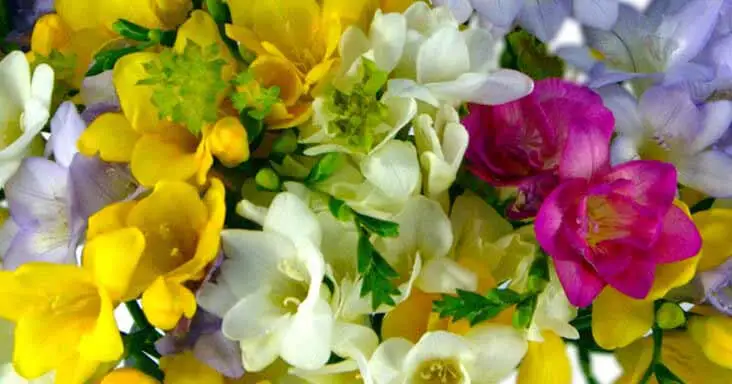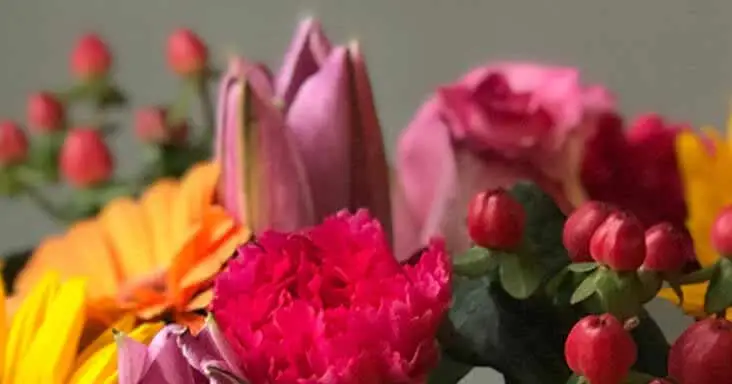“Mothering Sunday” or “Mother’sDay” as it is now more often called, falls on the 4th Sunday in Lent – but as there are variances in thisyear on year – Mother’s Day does not always fall at the same time each year.
Although it is completely unrelated to the US Mother’s Day (as well as the Mother’s Days of most other countries)- the reasoning (i.e. to celebrate and show appreciation to Mother’s) behind itare very similar.
Thebeginnings of an official “Mother’s Day” in the UK (akin tohow we know it today) goes right back to the 17th century, and wasknown even then as “Mothering Sunday” although its origins can be traced backmuch further than this. During thisearly time, working children and young adults would get the day off from theirduties to visit their Mother’s - bringing them small gifts – cake and flowersor a variety of other gifts depending on the locality and job in which theyworked.
There is also evidence thatservants were allowed to pick flowers from their Masters grounds – which isundoubtedly where the tradition of giving flowers on Mother’s Day originated and continues strongly today.
The US Mother’s Day began around 150 years ago when Anna Jarvis lobbied Ministers in her Mother’s memory to have a day where Mother’s werecelebrated. During the first Churchservice to honour Anna's mother (also Anna M. Jarvis) she handed out whitecarnations - her Mother’s favourite flower – which could be the reason (asbelow) why white carnations are the traditional flower for remembering Mother’swho have deceased, and possibly pink carnations were chosen as an alternativeto this for Mother’s still alive – much in the same way as one now would notgive the living a wreath.
Althoughthe traditional Mother’s Day floweris a carnation (pink carnations particularly, although white carnations are used a sign ofrespect and love to deceased Mother’s), thingshave moved on a lot since the days when Carnations were picked for Mother’s bytheir children (sometimes not altogether legally – for example young childrenpicking carnations from someone else'sgarden!). Things have become a lotmore sophisticated over the centuries – largely to do with the availability ofmore and more beautiful and exotic flowers within the UK.
That is not to say that carnations cannot be incorporated into a beautiful arrangement forMother’s Day (which will surely be better received than a £1.99 bunch ofcarnations from the garage – picked up on the way to visit your Mother!)
As well as carnations, (accordingto the Flower and Plants Association) although they were a popular choice lastyear - the favourite flower for Mother’s Day was roses, closely followed bysummer flowers such as chrysanthemums as well as mixed bouquets (which arealways a firm favourite – for Mother’s Day – or any occasion).
Mother's Day - 18th March?
Mother’s Day is not celebrated onthe same day in every country – as is a common belief. Last year the datesranged from: 12th February in Norway through to 16thDecember in Iran.
Remember...Mother's Day is 18th March in the UK!
Your mother will not be thrilledon Mother’s Day if you suddenly start to use the traditional dates of anothercountry as an excuse !
Here are a few examples of what we currently haveavailable for Mother’s Day. (Click on the link to go directly to picture etc.) And remember all prices shown are inclusiveof UK mainland delivery.
“Mother’s Delight” - SPECIAL OFFER SAVE £1 onNormal Price (you pay £28.99)
Delight your mum with this selection of pink lilies, roses,carnations, germinis and tulips
“Mother’s Love” - Mother’s all love spring flowers. This amazing bouquetof dark blue iris, peach tulips amongst roses and germini will bring them joy.(£34.99)
“Gypsy Rose” - a lovely alternative to carnations (£34.99)
Pink roses are a favourite with every lady, whatever theoccasion. Ten sweet pink roses with stems of white gypsy grass. (2019 UPDATE: these products are no longer available. Follow the links for our latest Mother's Day Flowers)
Posted by Bob for Viki



